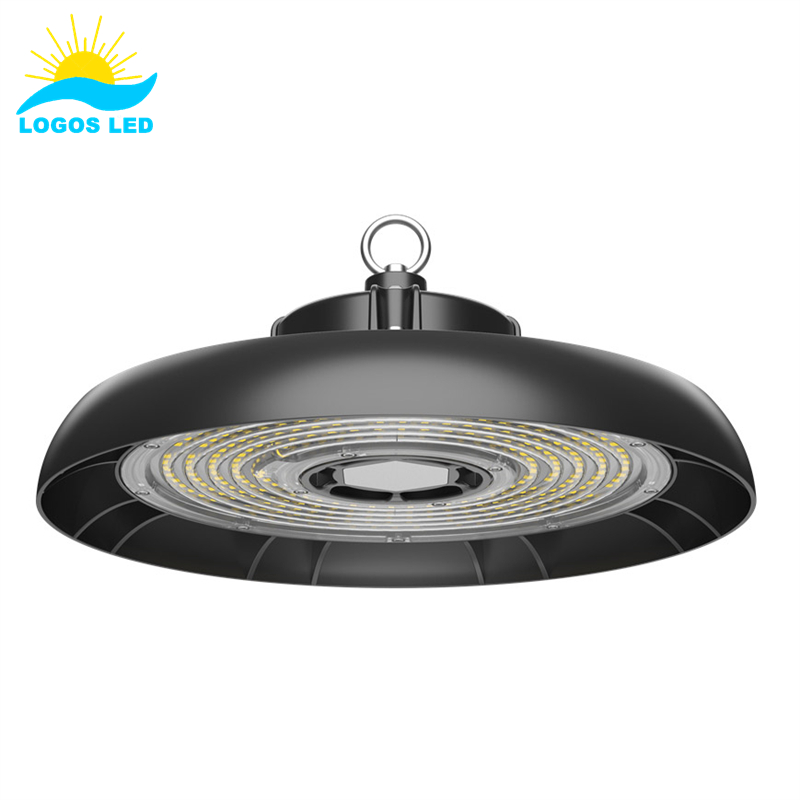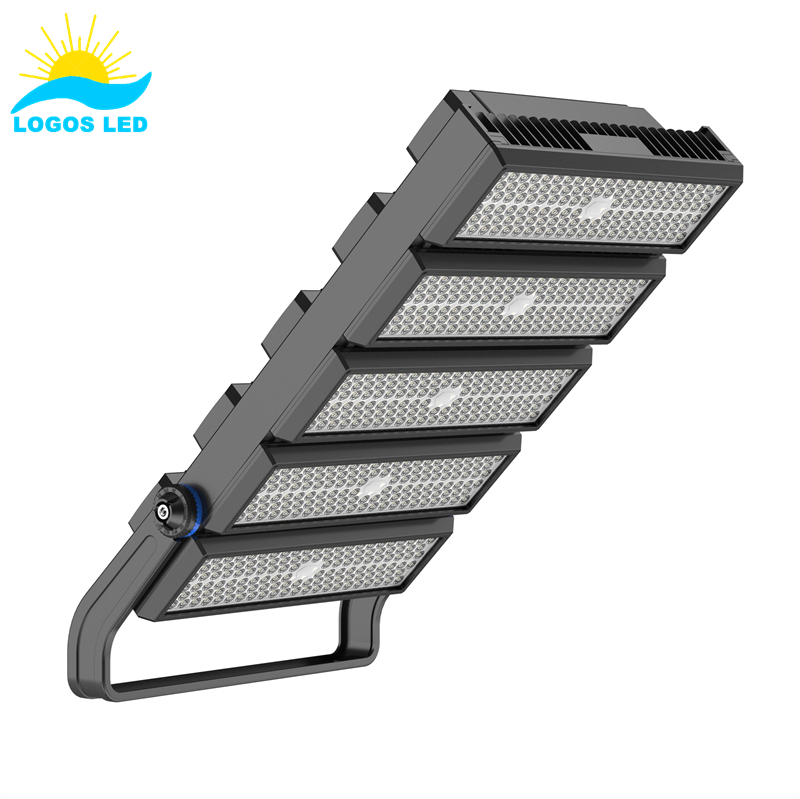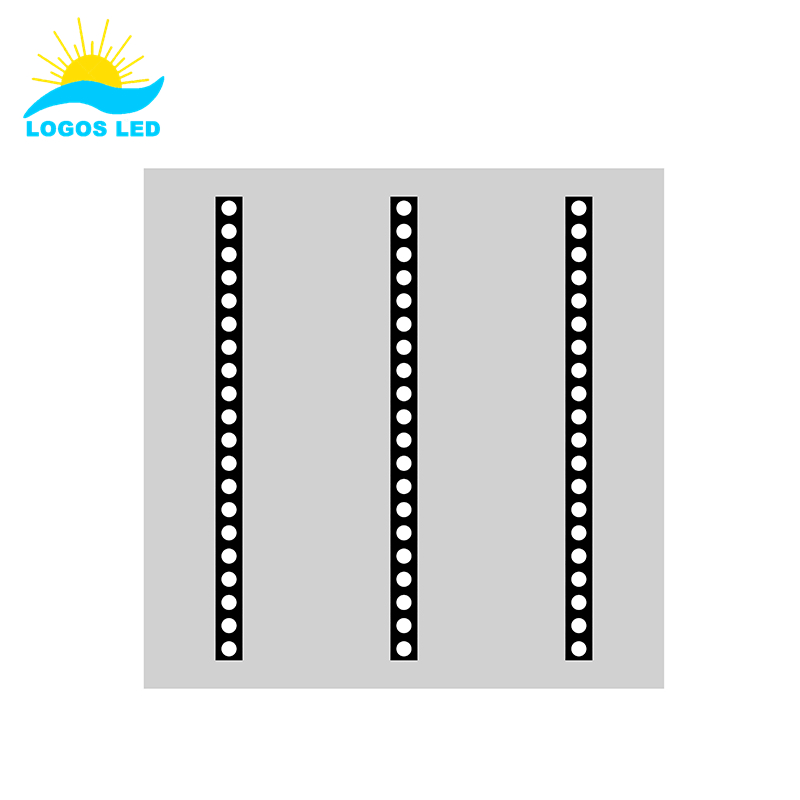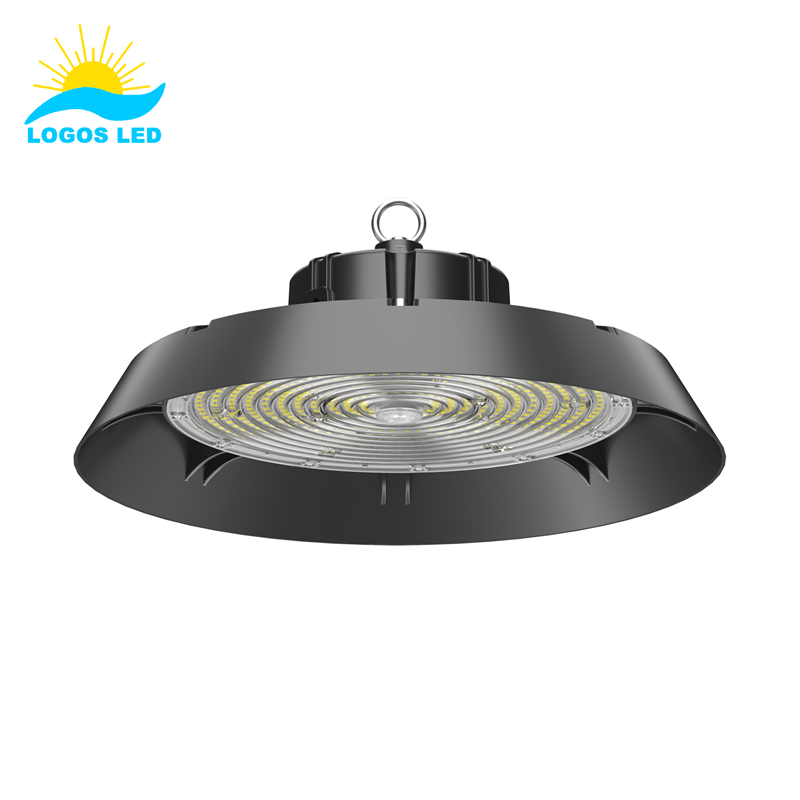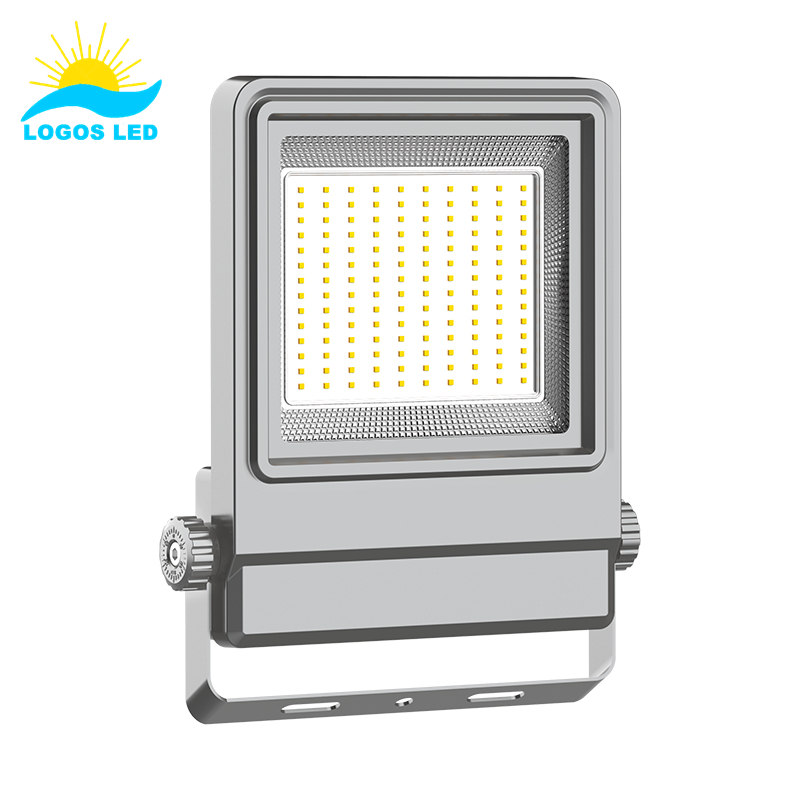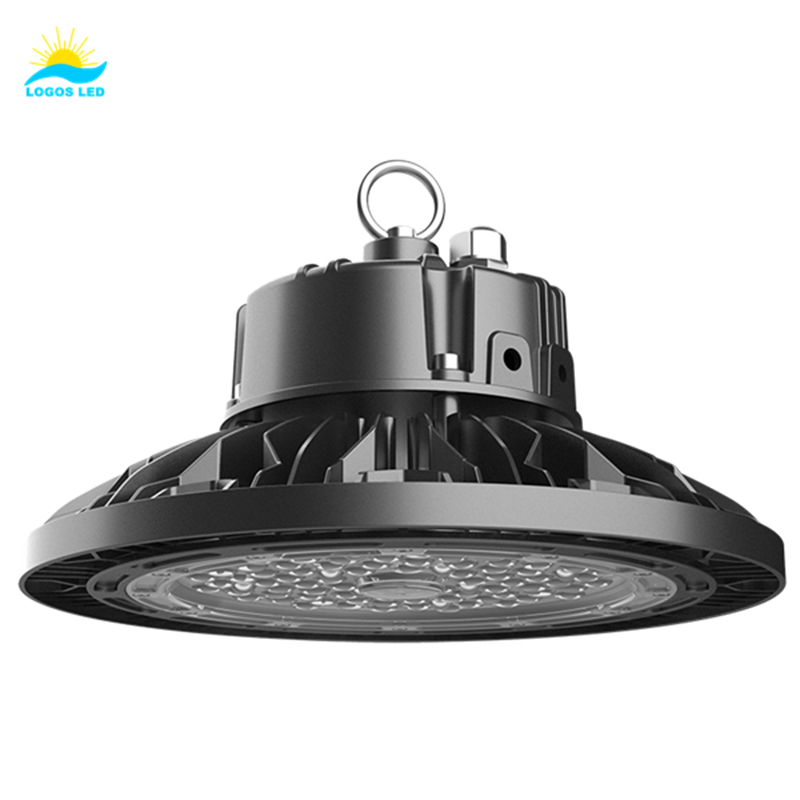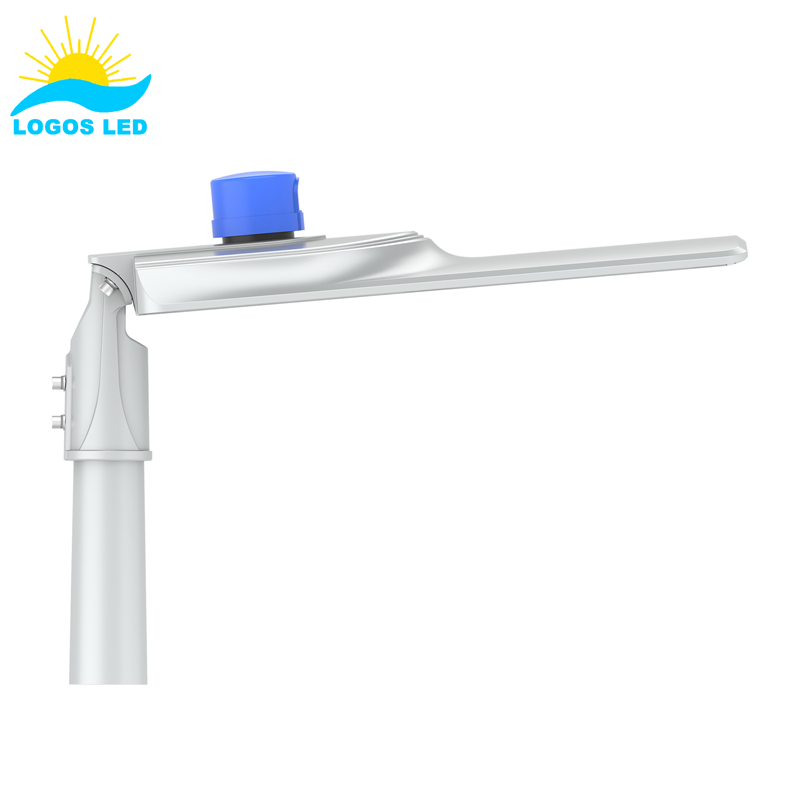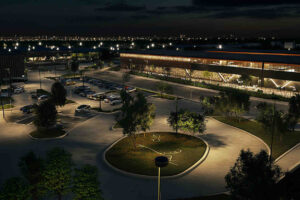Understanding the unique requirements for cleanroom lighting is crucial because it helps address specific challenges, avoid serious problems, and find effective solutions. This ensures that environmental standards are maintained in sensitive spaces.
Clean room lighting must adhere to stringent standards to ensure the cleanliness and functionality of sensitive environments in industries like pharmaceuticals and electronics. Key requirements include sealed construction to prevent contamination, a high IP rating for resistance to dust and moisture, and durable, non-shedding materials. Lights must also comply with ISO 14644 and GMP standards, provide uniform, shadow-free illumination, and have a high Color Rendering Index (CRI) for precise task execution. Additionally, these fixtures should be energy-efficient, emit minimal heat and electromagnetic interference (EMI), and be designed for easy installation and maintenance. These features are critical to meeting the rigorous demands of cleanroom applications.
Continuing this discussion will unveil crucial aspects of clean room lighting requirements and their impact on operations.
Table of Contents
What is a Cleanroom?
A cleanroom is a controlled environment designed to maintain extremely low levels of airborne particles, dust, and contaminants. It is essential for industries like pharmaceuticals, electronics, and biotechnology where even tiny impurities can compromise processes or products. Cleanrooms use HEPA or ULPA filters to regulate air quality, along with strict control of temperature, humidity, and pressure. Built with non-shedding materials, cleanrooms follow strict cleanliness protocols, including special garments and sterilization procedures. They are classified by cleanliness levels, such as ISO 14644 standards, ensuring precise contamination control.
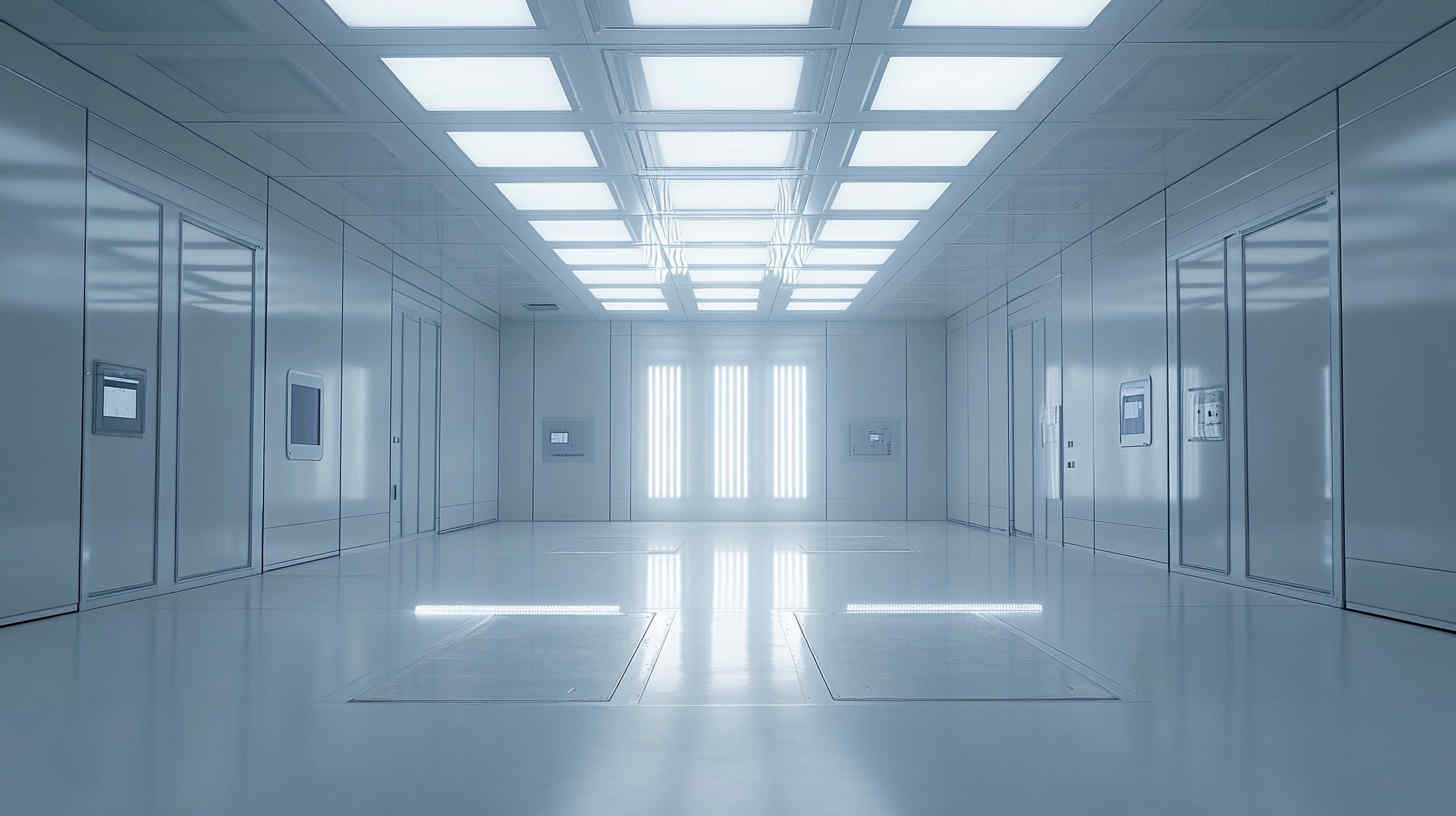
What’s the Requirements for Cleanroom Lighting?
Cleanroom lighting must meet strict standards to maintain the cleanliness and functionality of controlled environments. These requirements address contamination control, performance, and durability, ensuring suitability for industries such as pharmaceuticals, healthcare, electronics, and biotechnology.
1. Sealed Construction
- Lights must have a sealed design to prevent dust, particles, and microbes from entering or escaping.
- Smooth, non-porous surfaces and gasketed edges are essential to minimize contamination risks.
2. High IP Rating
- A minimum IP rating of IP54 is required for dust and moisture resistance.
- For areas requiring frequent cleaning or sterilization, IP65 or higher is necessary to withstand chemical cleaning agents and water exposure.
3. Material Durability
- Materials should be non-shedding and resistant to cleaning agents, often including stainless steel or powder-coated finishes.
- Components must be corrosion-resistant and capable of withstanding repeated sterilization processes.
4. Compatibility with Cleanroom Standards
- Lighting must comply with ISO 14644 and GMP standards, ensuring suitability for specific cleanroom classes.
- Fixtures should meet particle emission and air quality requirements.
5. Uniform Illumination
- Cleanroom lights should deliver consistent, shadow-free illumination for precision tasks.
- High-quality diffusers and even light distribution help avoid glare and uneven lighting.
6. Color Rendering Index (CRI)
- A CRI of 80 or higher is typically required for accurate color representation.
- Specialized applications may demand CRI values of 90 or above to enhance visibility and precision.
7. Energy Efficiency and Lifespan
- Long-lasting LEDs with a lifespan of 50,000 hours or more reduce maintenance and operating costs.
- Energy-efficient designs help minimize heat generation, crucial for maintaining cleanroom climate control.
8. Low Heat and EMI Emissions
- Lights must produce minimal heat and electromagnetic interference (EMI) to prevent disruption of sensitive equipment.
9. Easy Installation and Maintenance
- Fixtures should integrate seamlessly into cleanroom ceiling systems with flush-mounted or recessed designs.
- Easy-to-clean surfaces and accessible components simplify maintenance while minimizing disruption to the cleanroom environment.
These stringent requirements ensure that cleanroom lighting maintains the high standards of cleanliness, efficiency, and performance demanded by critical applications.
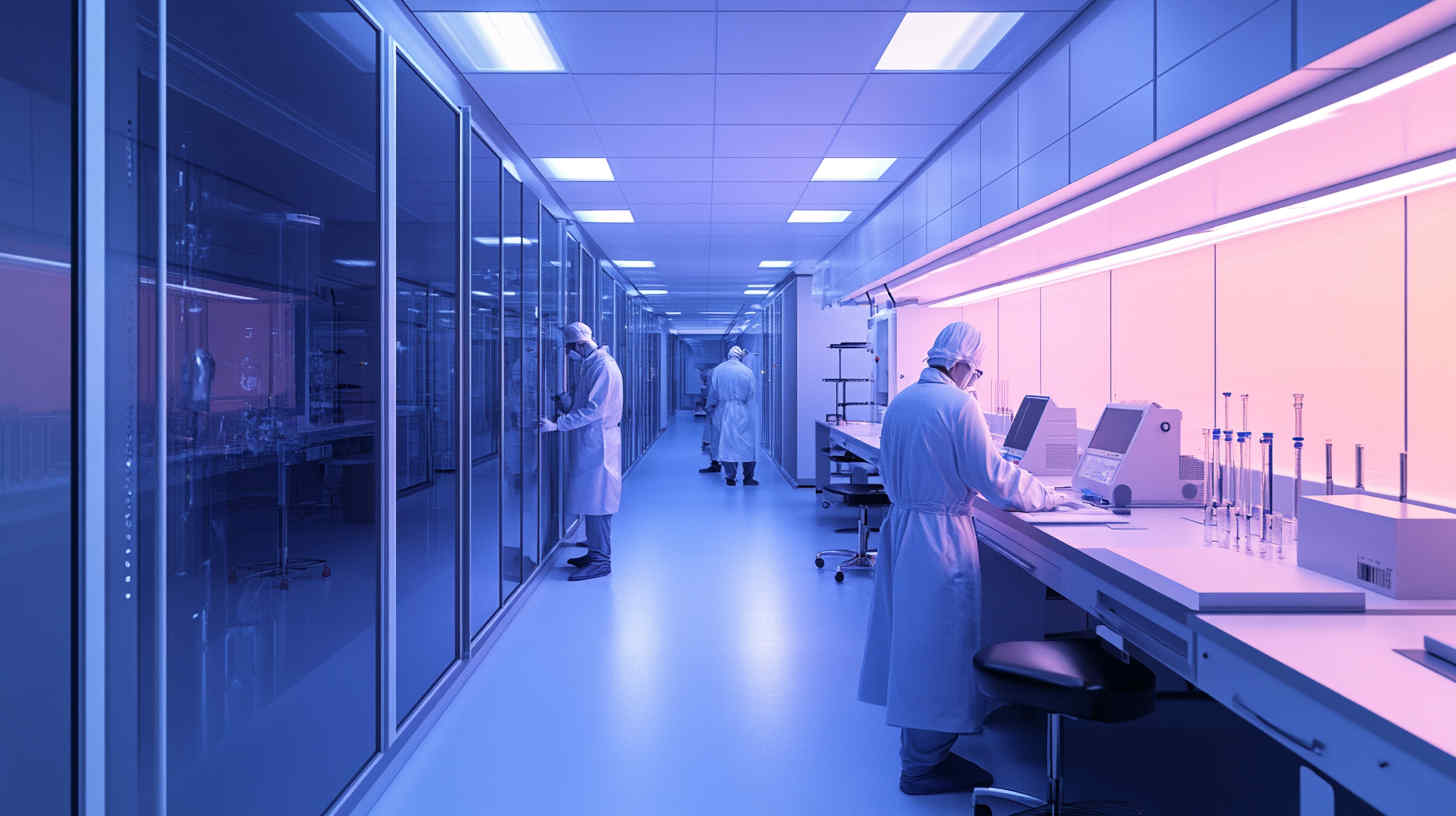
Cleanroom LED Panel Light Specifications
1. Structure
- Sealed, smooth, and gasketed design to prevent dust and contamination buildup.
- Constructed with non-shedding, durable materials like powder-coated steel or aluminum.
2. Size
- Standard sizes such as 300x600mm, 300x900mm, 300x1200mm, 600x600mm and 1200x600mm to fit cleanroom ceiling grids.
- Custom sizes available for specific applications.
3. IP Rating
- Minimum IP54 for dust and moisture resistance.
- IP65 or higher required for environments with frequent cleaning or sterilization.
4. Thickness
- Slim profiles, typically 10-20mm, for ceiling surface or recessed mounting.
5. CRI (Color Rendering Index)
- CRI of 80 or higher for accurate color rendering.
- CRI 90+ may be needed for tasks requiring high visual precision.
6. Lifespan
- Long operational life of 50,000 hours or more to minimize maintenance.
7. Working Temperature
- Operating range from -20°C to +50°C for versatility in various cleanroom conditions.
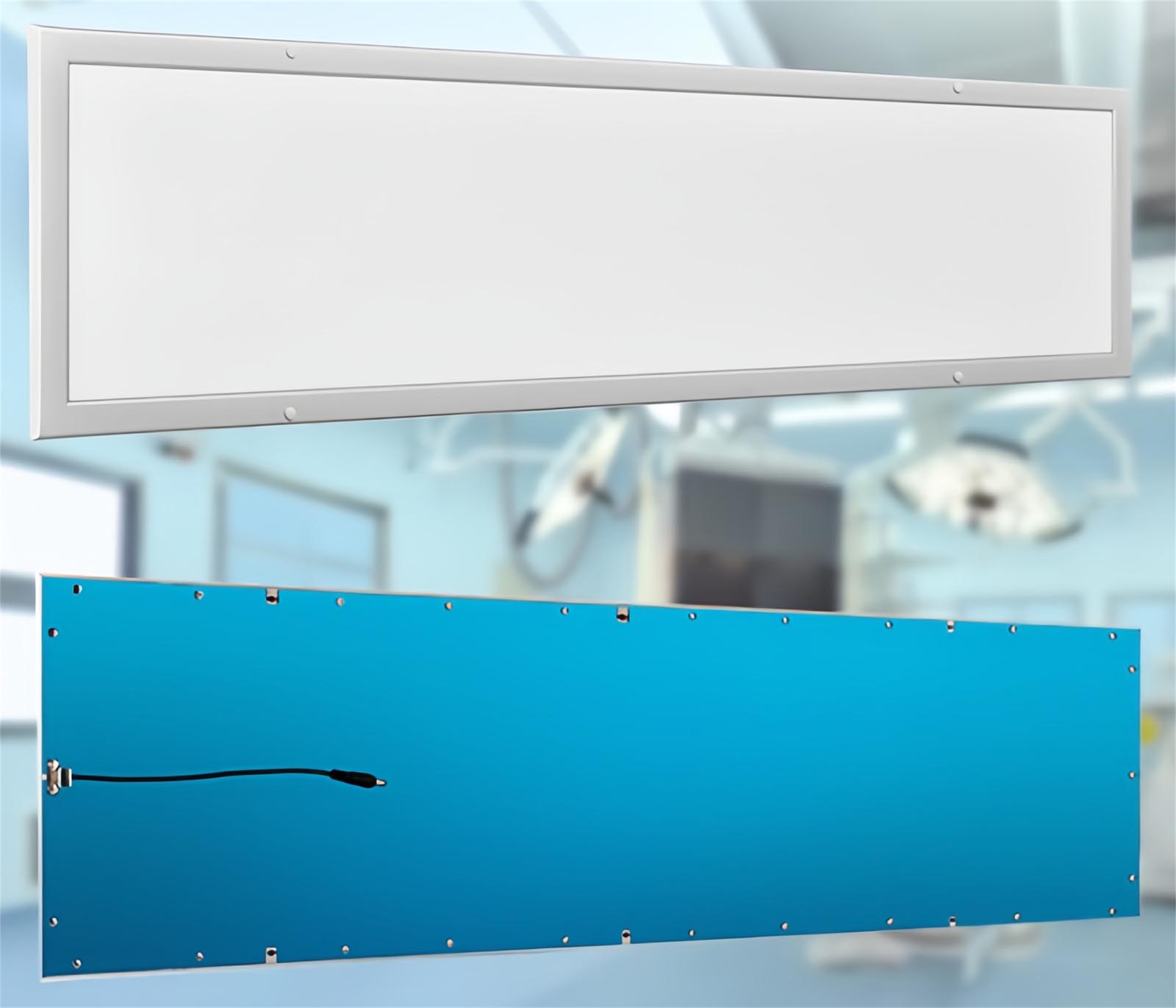
Key Differences Between Cleanroom LED Panel Lights and Regular LED Panel Lights
1. Design and Construction
Cleanroom LED panel lights are specifically designed to meet the stringent requirements of cleanroom environments:
– Sealed Construction: They feature sealed, gasketed designs with no openings or crevices where contaminants could accumulate.
– Non-Shedding Materials: Made from materials like powder-coated stainless steel or aluminum, they minimize particle shedding.
– Beveled Corners: Corners are often greater than 90 degrees to prevent dust buildup.
In contrast, regular LED panels typically lack these specialized design features, focusing instead on general lighting needs without contamination control.
2. Installation
Cleanroom LED panels are engineered for seamless integration with cleanroom ceiling systems:
– Flush Mounting: They can be mounted flush with the ceiling to maintain an uninterrupted surface.
– HEPA Compatibility: Some models allow integration with HEPA filtration systems to enhance air quality.
Regular LED panels may not be compatible with cleanroom ceiling systems or meet filtration requirements, making them unsuitable for controlled environments.
3. Performance
Both types provide efficient lighting, but cleanroom LED panels include features tailored to sensitive applications:
– High CRI: Cleanroom panels often deliver higher color rendering index (CRI) values for improved visual acuity during detailed tasks.
– Special Wavelengths: Certain models offer specific light wavelengths to avoid interfering with light-sensitive processes.
Regular LED panels prioritize general lighting performance and may not offer these specialized features.
4. Regulatory Compliance
Cleanroom LED panels are designed to meet cleanroom classification standards:
– ISO and GMP Standards: They comply with regulations for particle emissions and are rated for specific cleanroom classes.
Regular LED panels, while adhering to general lighting safety and efficiency standards, are not certified for cleanroom use.
5. Maintenance
Cleanroom LED panels are built for easy maintenance without compromising the controlled environment:
– Smooth Surfaces: These fixtures can be easily wiped down during routine cleaning.
– Sealed Design: The sealed construction prevents contaminants from entering the fixture.
Regular LED panels, while easier to replace, lack the robust construction needed for frequent cleaning in sterile settings.
In summary, while cleanroom and regular LED panel lights may appear similar, cleanroom LED panels incorporate specialized design features, materials, and certifications to ensure the integrity of controlled environments. These differences make them the preferred choice for critical applications where contamination control is essential.
FAQs about Clean Room Lighting
Why do Clean Rooms use Yellow Light?
Yellow light is used in photolithography clean rooms in semiconductor manufacturing because it does not expose photoresist materials. The specific wavelength of yellow light used does not correspond to the photoresist’s active spectrum, thus avoiding premature exposure which can ruin semiconductor wafers.
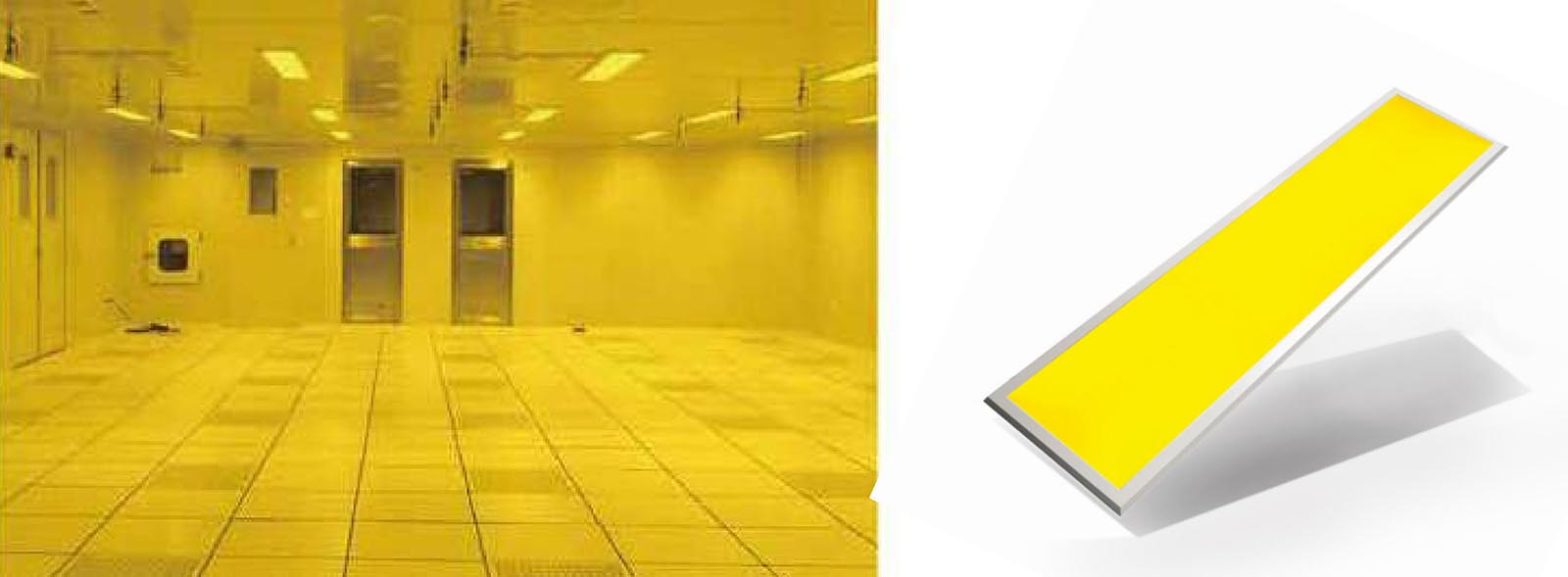
Should I use White or Yellow Light in Room?
The choice between white or yellow light in a clean room depends on the application. For general manufacturing, white light is preferred for its clarity and true color representation, which is crucial for inspection processes. For specific applications like photolithography, yellow light is necessary to prevent photoresist exposure.
What are the ISO Guidelines for Clean Rooms?
The ISO guidelines for clean rooms categorize rooms into classes based on the number of particles allowed per cubic meter, at specific particle sizes. Lighting fixtures in clean rooms must be designed to meet these standards, ensuring they do not contribute to contamination and are easy to maintain without affecting the room’s classification.
Conclusion
In conclusion, understanding and implementing the correct lighting requirements in clean rooms are crucial for maintaining the necessary controlled environment. These requirements are specialized and varied depending on the industry and specific applications, from the type of light used to how fixtures should be constructed and maintained.
Request A Free Quote Now!
Send us a message if you have any questions or request a quote. We will get back to you ASAP!



